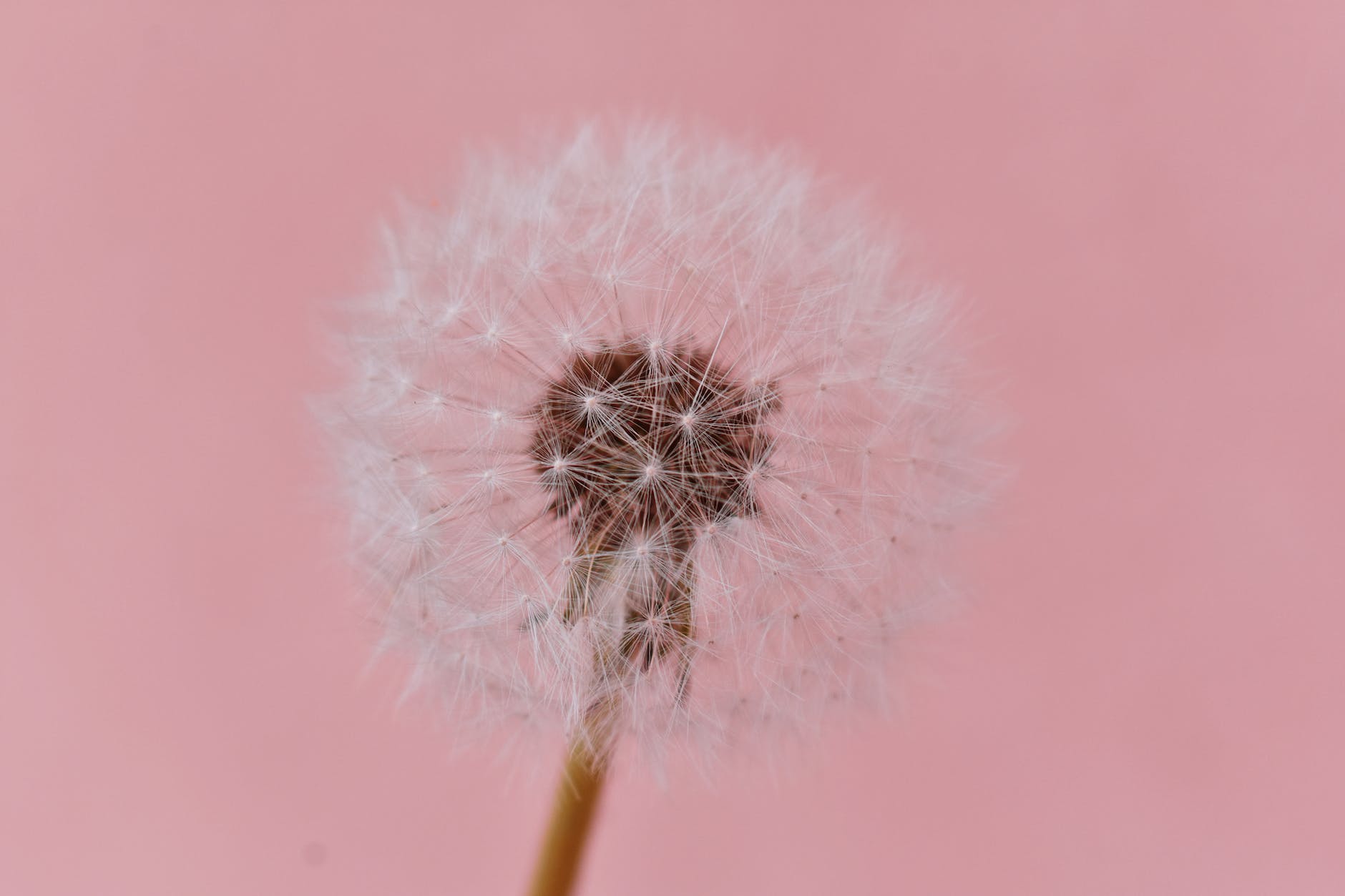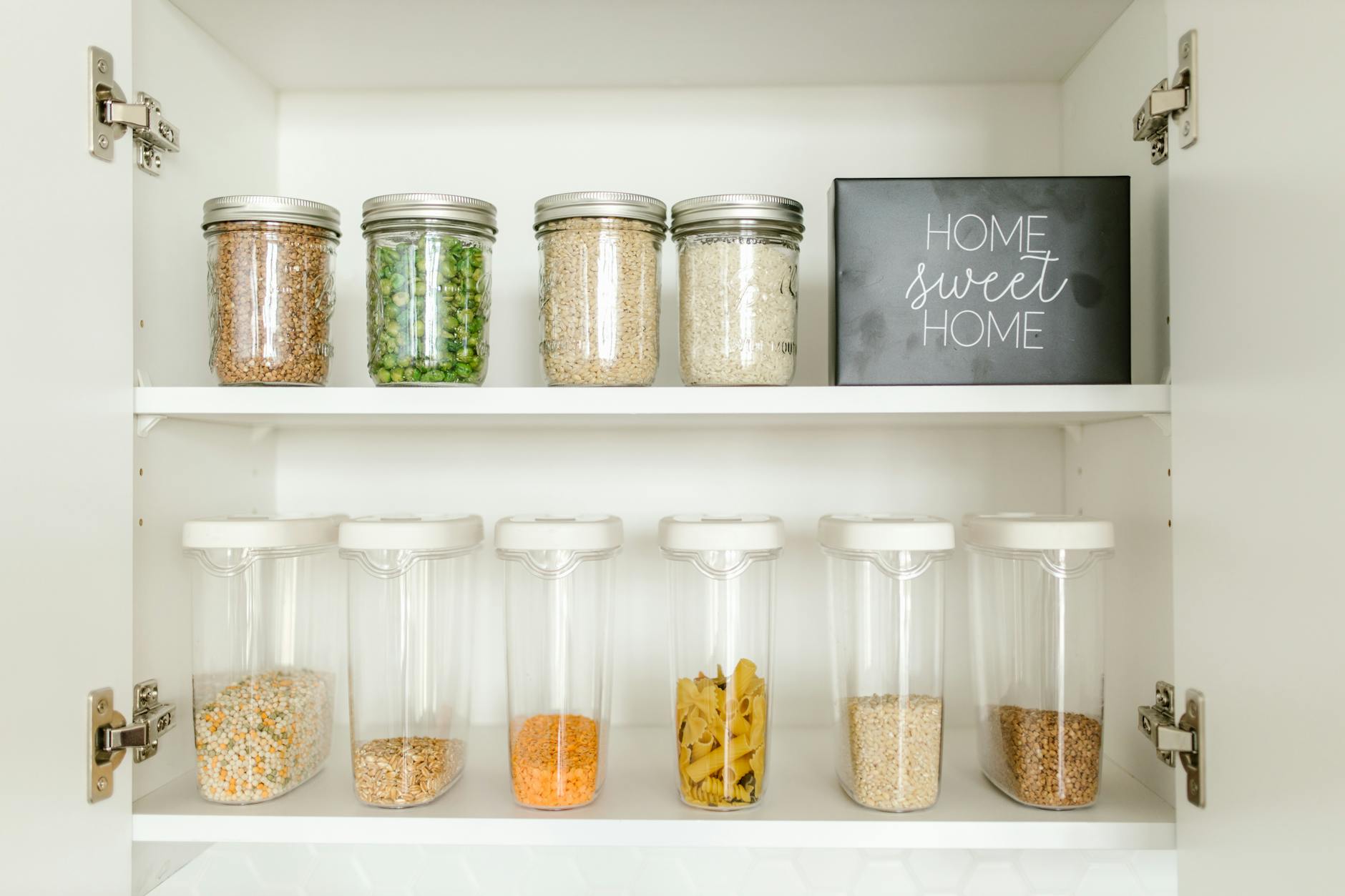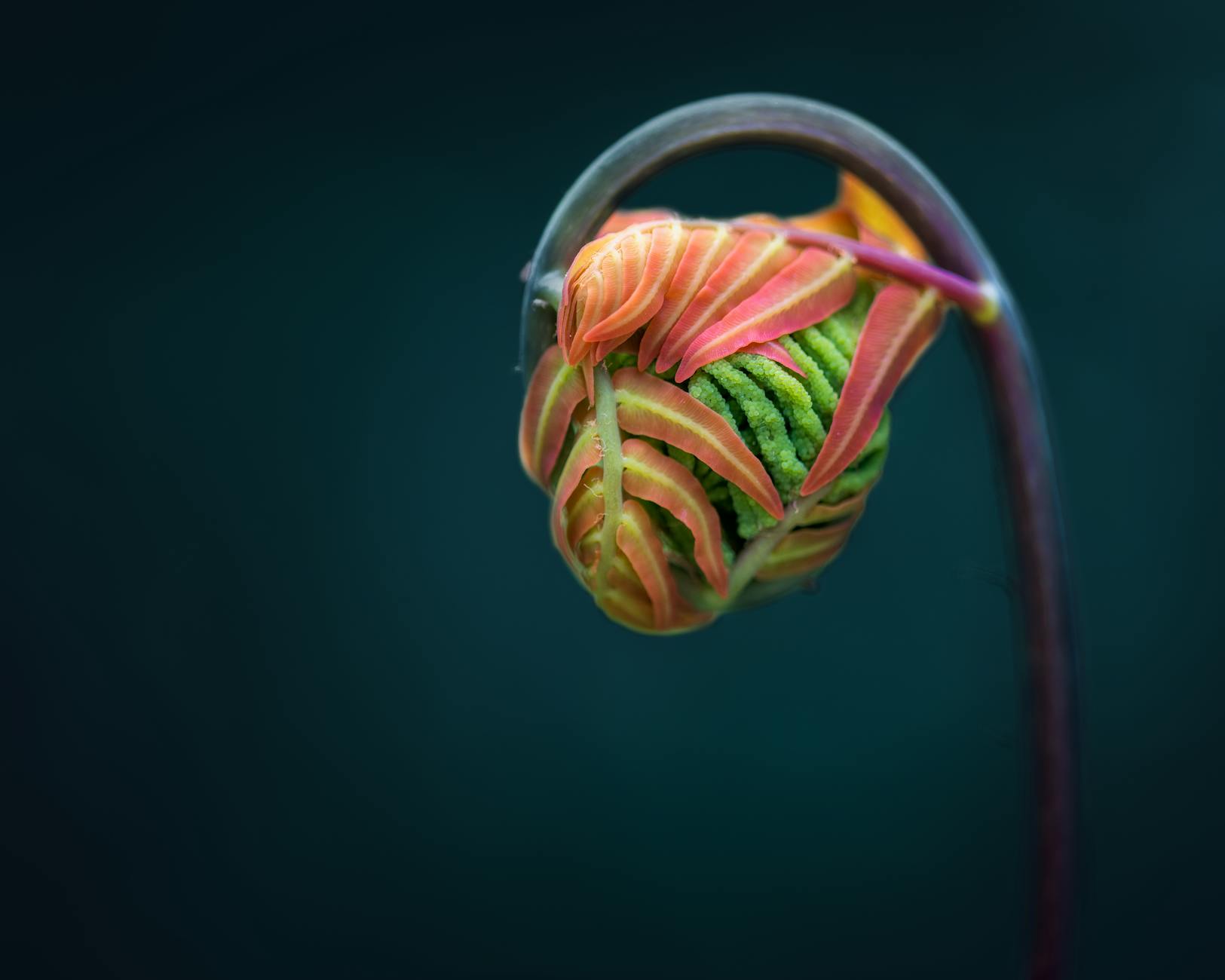As the legal cannabis industry continues to grow and evolve, the importance of understanding the intricate aspects of cannabis horticulture becomes increasingly important. At the very core of this process are cannabis seeds, the tiny origins from which the mighty cannabis plants grow. Knowledge about the differences in types of seeds can be vital in the cultivation process. Let’s delve into the realm of feminized seeds, auto-flowering seeds, regular seeds, CBD-rich seeds, heirloom strains, Sativa seeds, Indica seeds, hybrid seeds, landrace strains, and seed banks.
Firstly, it is crucial to understand what feminized seeds are. These seeds are bred in a specific way that eliminates the possibility of producing a male plant, hence the name ‘feminized’. This serves a practical purpose considering that only female cannabis plants produce the coveted flowers rich in cannabinoids. Feminized seeds are highly preferred by growers who desire a straightforward growing process without the worry of identifying and eliminating male plants.
Contrarily, regular seeds are a natural blend of both male and female seeds, and can be beneficial to breeders looking to crossbreed different strains.
While regular and feminized seeds rely on light cycles to trigger the flowering stage, auto-flowering seeds do not. Auto-flowering seeds transition from the vegetative stage to the flowering stage with age, not light, enabling growers to achieve multiple harvests within a single growing season.
For those interested more in medicinal benefits, CBD-rich seeds are the top choice. These seeds are bred to yield plants high in cannabidiol (CBD), a non-psychotropic cannabinoid known for its therapeutic potential.
Delving deeper, strains such as heirloom strains and landrace strains serve as a connection to cannabis’ ancient roots. Both are essentially ‘pure’ cannabis strains that have not been crossbred. Heirloom strains have, however, been carefully transported and propagated outside their original geographic location, while landrace strains are still found growing in their natural, ancestral environments.
Sativa seeds, Indica seeds and hybrid seeds in cannabis cultivation indicate the three most common categories of cannabis. This classification bases on plant morphology, growth characteristics, and the effects the cannabis has once consumed. Sativa strains typically produce uplifting effects, and are preferred for daytime use. Indica strains on the other hand, often result in sedative effects, making them ideal for evening use. Hybrid strains hold a balance between the two, containing genetics from both Sativa and Indica lineage.
If you’re wondering where to acquire all these seeds, the answer lies in seed banks. Seed banks serve as a storage facility for all the different varieties of cannabis seeds, preserving genetic diversity and offering growers worldwide a wide range of options to suit their specific needs.
In conclusion, understanding the world of cannabis seeds goes beyond simply knowing which seeds will grow into a plant. It involves understanding the genetic diversity, the potential each seed holds, and the variety of effects and characteristics that can derive from each strain. As the cannabis industry inevitably continues to expand, so will the expansive world of cannabis seeds.



